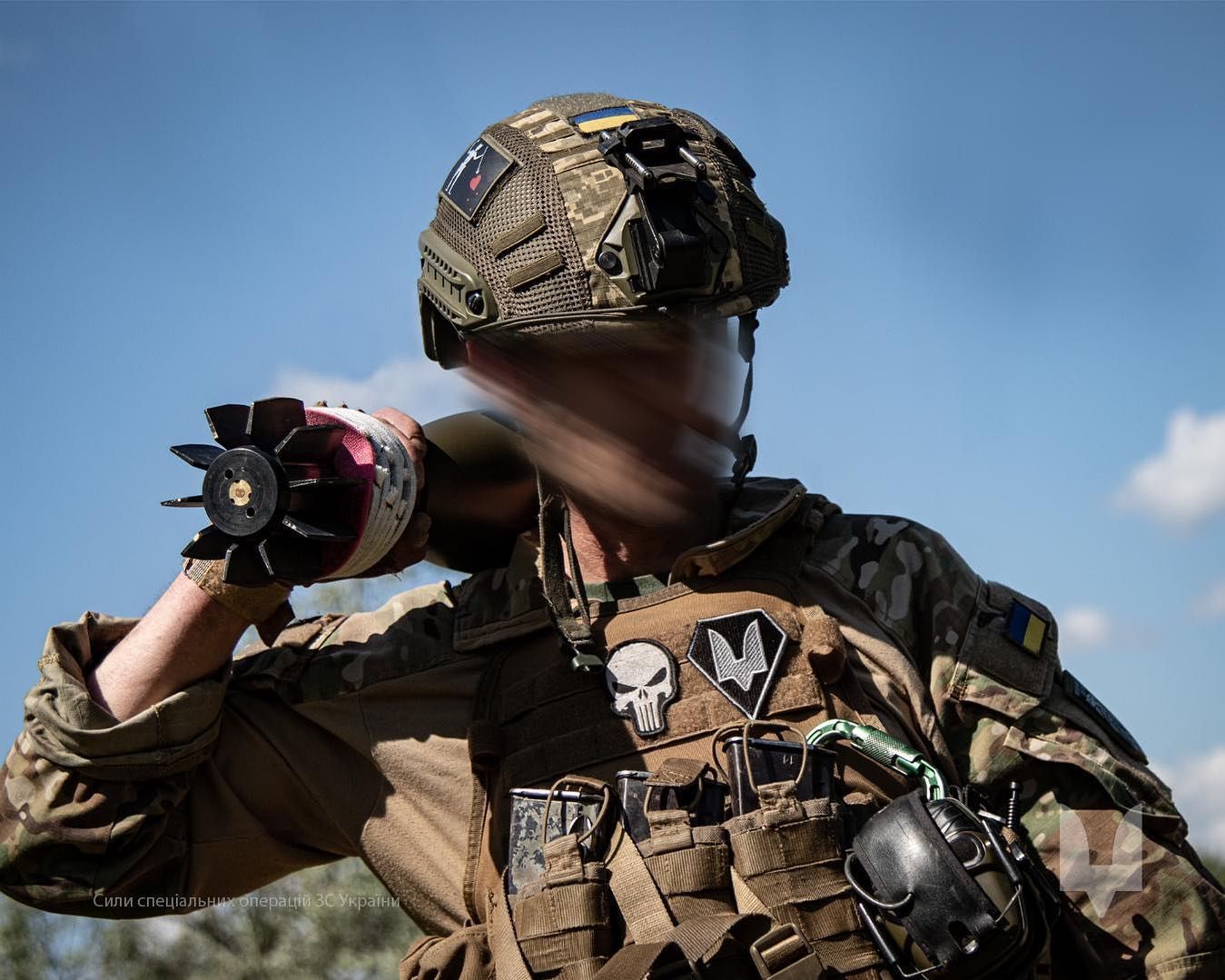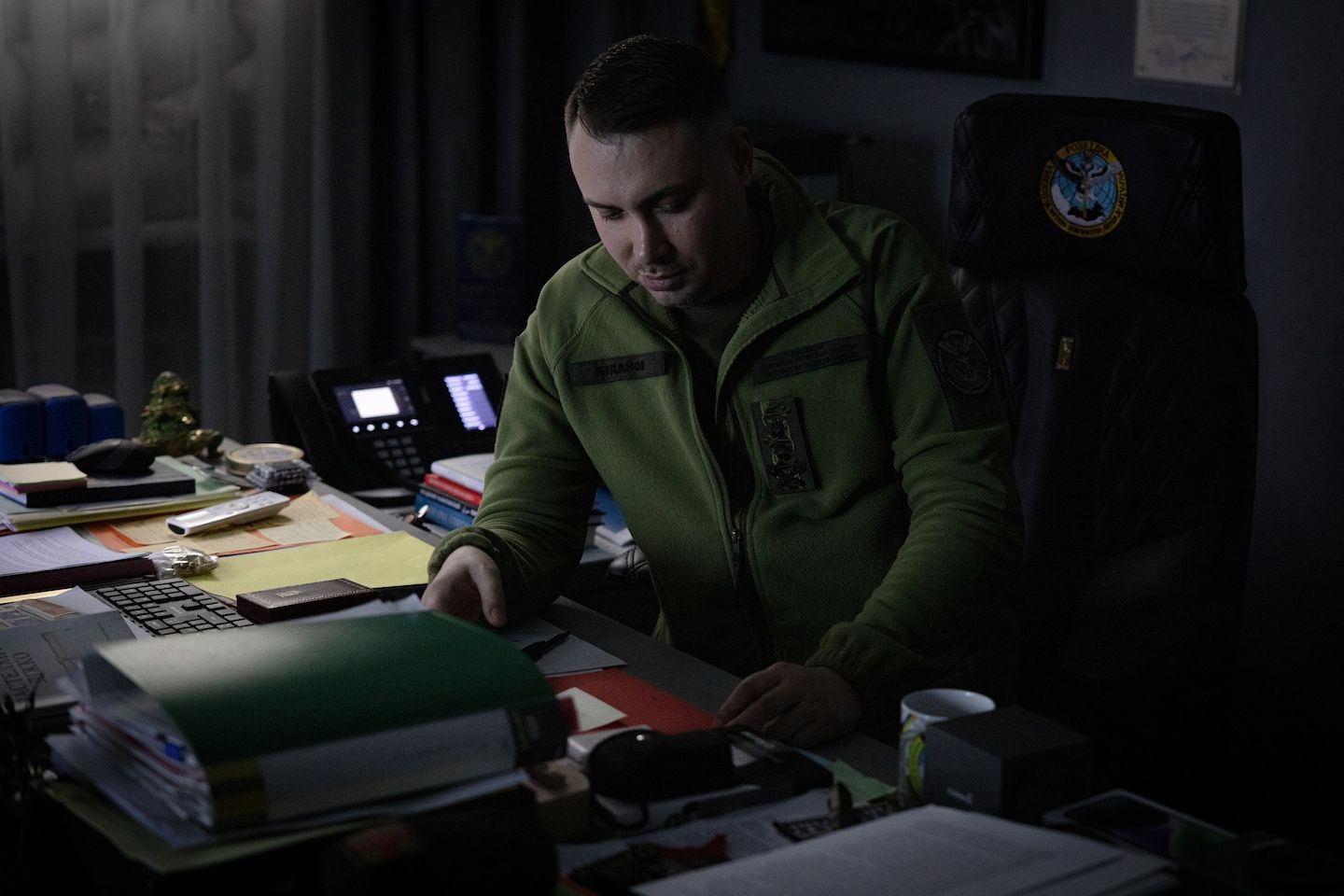Ukrainian Special Forces - Preparing the Battlefield
Expectations are high for the pyrotechnics of a widely anticipated Ukrainian counteroffensive, but Kyiv has already made its first moves, and quietly.
Ukrainian special operations forces (SOF) are diligently working behind the scenes to prepare the ground for an offensive to be spearheaded by mechanized units and regular infantry in the coming months. While shrouded in secrecy, and never claimed, there is more than enough evidence of high-risk operations involving acts of sabotage, drone strikes, and targeted assassinations against high-value targets and collaborators both in occupied territories and Russia’s border regions.
Taken together with repeated Russian accusations of sabotage in the occupied areas of Ukraine and in Russia itself, these acts match the typical modus operandi of special operations forces.
Examples are too numerous to mention, but there is evidence aplenty of a pre-offensive covert campaign In early May, for example, two explosive-packed drones struck a military training ground in the Russian region of Voronezh, wounding 14 soldiers, while two explosions on railway lines caused the derailment of logistic trains in Russia’s western Bryansk region. These episodes, are only the latest in a long series of mysterious strikes and sabotage against targets including oil depots, power lines, and military bases in both occupied Crimea and Russian regions bordering Ukraine. On the night of April 24, the Russian Black Sea Fleet in the Sevastopol naval base was attacked by uncrewed surface vessels (USV) laden with explosives.
Ukrainian special operators also conduct deep reconnaissance to map the disposition and movements of enemy personnel, equipment, and command posts. By exploiting language skills and superior training, Ukrainian SOF can easily infiltrate local communities and operate behind enemy lines, gathering intelligence on the enemy’s strengths and weaknesses. These specialized skills were instrumental in the successful campaigns of precision strikes against Russian command-and-control centers and staging areas before the two Ukrainian counteroffensives in Kharkiv and Kherson oblasts in September and October, respectively.
The work of SOF is often conducted using unconventional tactics and techniques and includes targeted actions against high-profile enemy officials, information and psychological operations, and the establishment of resistance networks. Indeed, acts of sabotage and assassinations like the recent killing of prominent pro-Russian collaborators Vladlen Tatarsky and Zakhar Prilepin inside Russia may have been carried out by pro-Ukraine Russian nationals trained and supported by Ukranian SOF. At the same time, various elite Ukrainian units conduct strikes using first-person view drones and loitering munitions against Russian positions, often in cooperation with other branches of the armed forces. This joint dimension is critical in modern warfare, as it improves not only the overall coordination of the fighting force but also increases its effectiveness and flexibility.
Get the Latest Get regular emails and stay informed about our work Email Δ
From a military standpoint, these actions are part of a concerted effort to “shape the battlespace”, setting the conditions conducive to success by limiting the adversary’s options, degrading its capabilities and decision-making structure, and inducing its response to conform to your own strategy and will. Although there is no official military definition for “shaping the battlespace”, this concept perfectly reflects the work of special operations troops, centered around an incremental, patient, and multipronged approach.
Such an approach, along with the capacity to quickly adapt to contingencies, is the result of seven years of training and exercises with NATO SOF after the restructuring of the entire Ukrainian SOF organization in 2016. In 2019, for example, the 140th Special Operations Forces Center became the first non-NATO unit to receive alliance certification and become eligible to join the NATO Response Force. (Leaked US documents hinted at just how intimate that relationship has become, suggesting that as many as 50 British special forces personnel were present in Ukraine early this year, along with smaller numbers of US, Latvian, and French forces. The documents did not specify their role.)
It is known that the Ukrainian SOF have access to superior NATO equipment, which further increases its effectiveness and facilitates its interoperability with NATO forces. Overall, the progressive transition to NATO standards at all levels is pivotal to ensure a quicker and simpler integration of Ukraine into the alliance when and if the accession process begins.
The current missions carried out by the Ukrainian SOF are in stark contrast with their role at the onset of the full-scale invasion when they totaled around 2,000 US-trained personnel. At that time Kyiv’s special operators took on more conventional combat roles, fighting alongside regular units and territorial defense forces against Russian troops wherever their help was most needed. Ukrainian SOF, for instance, was heavily involved in the crucial battle for the Hostomel Airport, where they decimated assaulting Russian units composed of elite paratroopers, and prevented them from establishing a bridgehead for additional Russian reinforcements. Likewise, Ukrainian special forces bore the brunt of initial fighting in the north and east of Ukraine, ambushing Russian mechanized columns and scouting targets for artillery.
Russian elite forces were savagely bloodied in these engagements, with a leaked US estimate stating that in one unnamed 900-man spetsnaz unit, only 125 remained active. It’s likely Ukrainian forces too have suffered heavy casualties.
No doubt an expanded force, Ukrainian SOF are back doing their typical tasks. This role is less visible but absolutely critical to the success of any forthcoming counteroffensive. However, the hype around this counteroffensive has generated unrealistic expectations about the way this military operation could unfold and induced many observers and media outlets to overlook the preliminary process of shaping the battlespace, which requires weeks, sometimes months, to be effective.
Furthermore, the idea of large-scale maneuver operations may not necessarily reflect the current operational situation and options along the frontline, and additional preparatory action, including diversions, sabotage, and information operations, may be necessary on the part of Ukraine to further weaken and shape Russian forces ahead of the counter-offensive.
This is exactly what special forces are meant for.
Federico Borsari is a Leonardo Fellow at the Center for European Political Analysis (CEPA), NATO 2030 Global Fellow, and a Visiting Fellow at the European Council on Foreign Relations (ECFR). His main research interests include security and defense dynamics, transatlantic security relations, and the impact of new technologies on warfare.
Europe’s Edge is CEPA’s online journal covering critical topics on the foreign policy docket across Europe and North America. All opinions are those of the author and do not necessarily represent the position or views of the institutions they represent or the Center for European Policy Analysis.
Source: Center for European Policy Analysis


